Insight into how plants make cellulose could lead to a better understanding of how to break it down for renewable fuels.
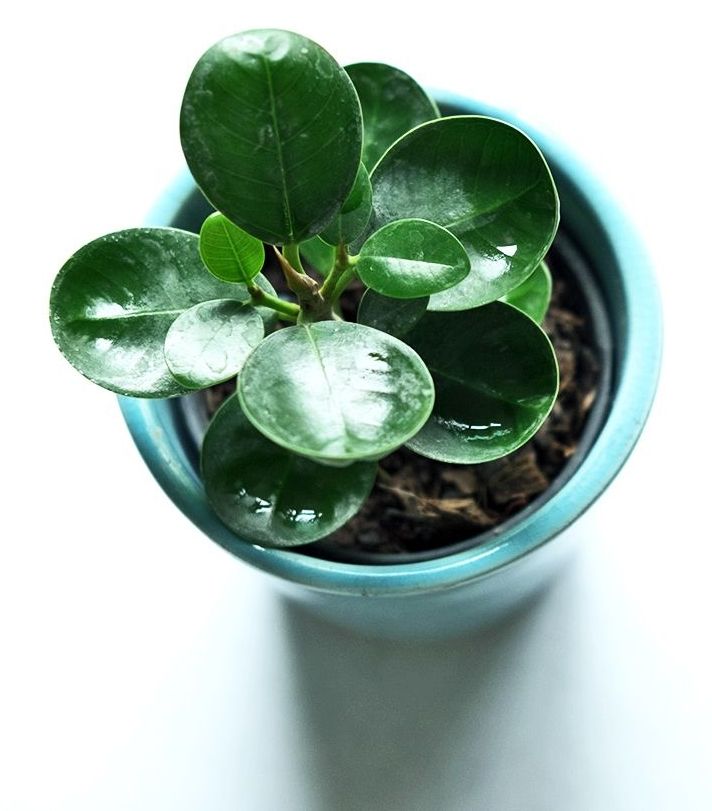


This special report will look at the energy transition from the perspective of America, the EU and China as well as petrostates such as Russia and Saudi Arabia. It will pinpoint winners and losers. It will argue that America is at risk of squandering an early lead, obtained by using natural gas and renewables to slash emissions, promoting clean technology and helping pioneer the Paris agreement. China is catching up fast. Saudi Arabia and Russia are in most obvious peril.
TO ENTER TAFT, two hours north of Los Angeles, you drive along the “Petroleum Highway”, past miles of billboards advertising Jesus. God’s country is also oil country. Spread over the sagebrush hills surrounding the town are thousands of steel pumpjacks (pictured), contraptions that suck oil out of the ground. They look like a herd of dinosaurs. Some Californians would describe the oil industry in the same way.
The oil produced at Taft is not produced by hydraulic fracturing, or fracking, as much of it is in Texas and North Dakota. It is so heavy it needs to be steamed out of the ground, in a process known locally as “huff and puff”. Yet Kern County, with Taft on its western edge, produces 144m barrels of oil a year, the second highest output of any county in America. Fred Holmes, a third-generation oilman and patron of the West Kern Oil Museum, says he is proud of the heritage, however much it irks local drivers of electric Tesla cars that the Golden State has such a carbon-heavy underbelly. “Oil is renewable energy. It just takes longer to renew,” he quips. He has built a giant wooden derrick at the museum to celebrate it.
Get our daily newsletter
Upgrade your inbox and get our Daily Dispatch and Editor’s Picks.
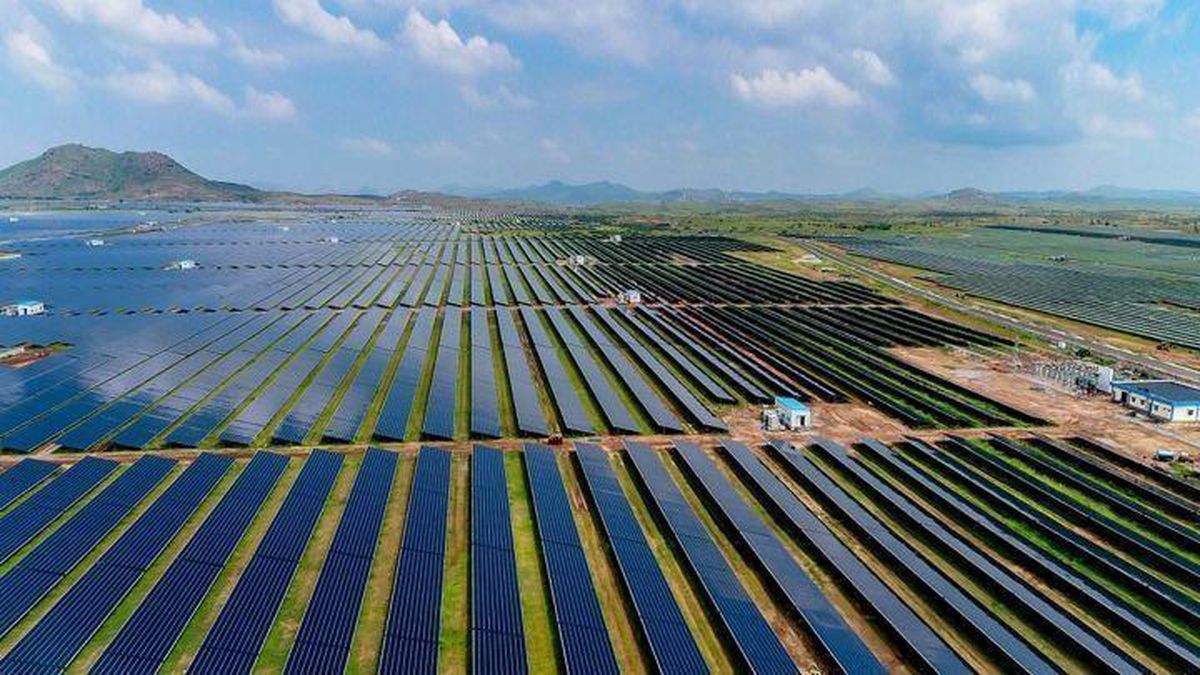
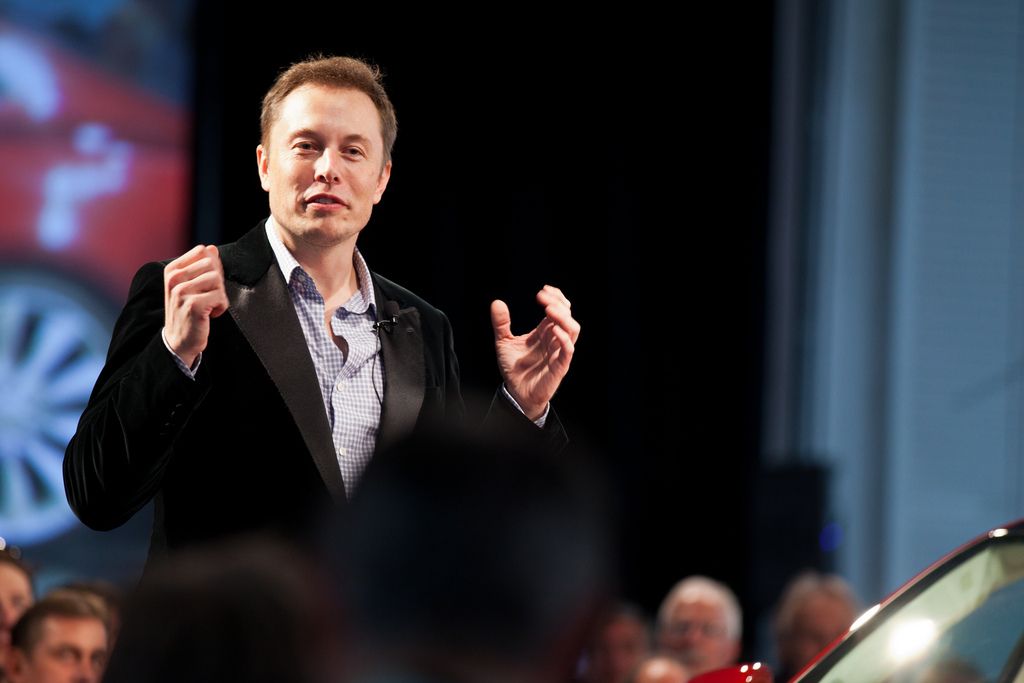
In this modern day David and Goliath battle (multiplied by eight), one man is trying to take down a bevy of behemoth industries. CB Insights reports, “Elon Musk thinks and acts on a larger, more cosmic scale than we’re accustomed to… His main projects take on almost every major industry and global problem conceivable, and imagine a disruptive fundamental rewiring of that space or sector.”
*This article comes to us courtesy of EVANNEX (which also makes aftermarket Tesla accessories). Authored by Matt Pressman.
So which sectors are on Musk’s hit list? CB Insights looks at: “8 different industries where Musk and his companies operate to understand how they have begun to change,” transform and mold them into Musk’s futuristic vision. Digital Journal provides a top-line recap highlighting the scope and breadth of what Elon Musk is attempting…

For all of us, the act of being and thinking requires a network of complex support. The late physicist’s disability made it visible.
Midnight. As I was browsing the internet, I saw, like shooting stars, emails suddenly appear and disappear from the right-hand corner of my computer screen. The first from CNN announcing the death of Stephen Hawking, the second from an editor at The Atlantic asking me to write about him.
I had written about the man for 10 years—as a biographer of some sort, or an anthropologist of science to be more precise, studying the traces of Hawking’s presence. But now I felt a powerless inertia, unable to write anything. I didn’t think I would be affected by his death, but it touched me deeply. I was overwhelmed by the numerous articles that started to appear all over the world doing precisely what I had studied for so long and so carefully: recycling over and over again the same stories about him. Born 300 years after the death of Galileo Galilei, holder of Cambridge’s Lucasian Chair of Mathematics (once held by Isaac Newton), and now … died on the same day Albert Einstein was born. The life paths of history’s most iconic scientists intersected in weird ways. The puzzle seemed complete: Hawking had fully entered the pantheon of the great.
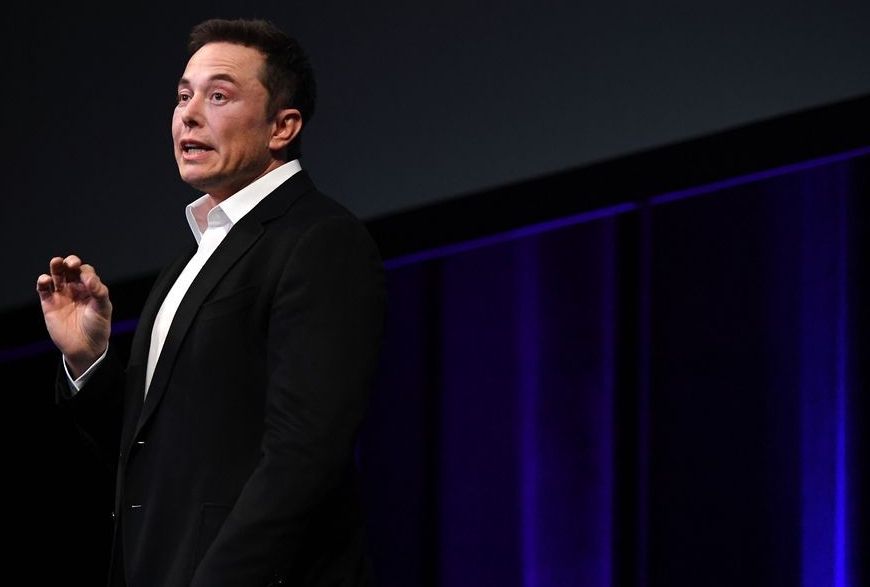
New York City’s discerning high-end chefs often ship in rare herbs and edible flowers from other states or even overseas. But Farm.One, an organic farm in the basement of an office building in Manhattan, can pick and deliver the precious leaves and flowers within the same day, says Robert Laing, the company’s CEO.
With its stacked shelves of hydroponic plants and grow lights, Farm. One is part of a growing movement of vertical farming across the world. The tech-enabled system uses less space and water than traditional farming.
Watch the video above to learn more about how it works.
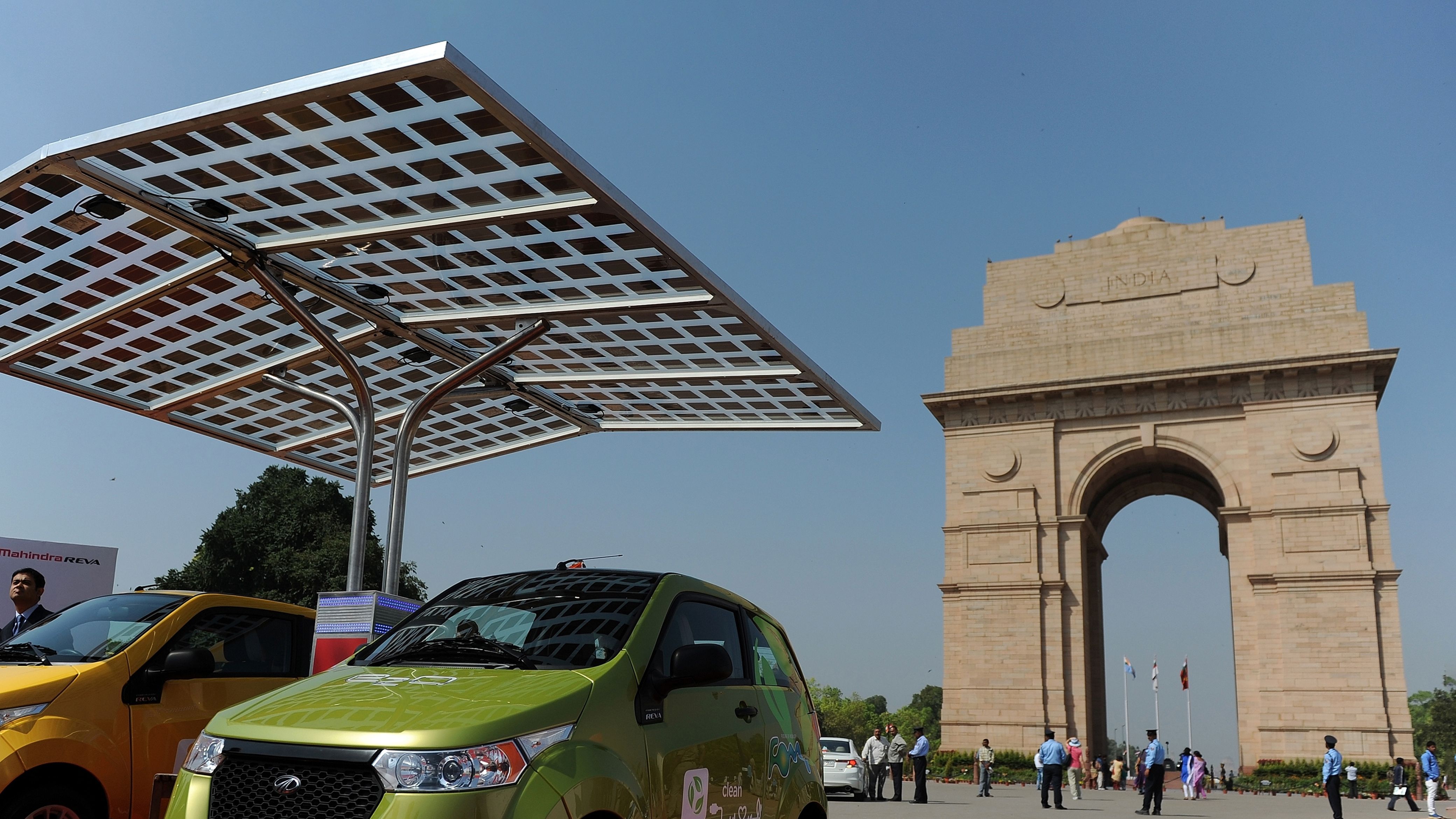
“A few months from now, a group of people will come here with something called an electric car. I need to know whether or not you have the right voltage connection for them to plug in their vehicles. Do you understand what I’m asking for?”
Mr. Dev Reddy, manager of a gas station in rural Anantapur district of India’s Andhra Pradesh looked at me as if he understood. It was 2008, and most people in India had never seen an electric car, but without flinching he took me to a shed to reveal a large plug point, which was used to power an electric sugar cane juicing machine. One look at it and I knew that there was sufficient voltage coming through the connection to be able to charge the lithium-ion battery in the REVA electric vehicles my friends and I would be driving 3,500 kilometers across India.
In 2008, it was folly to imagine India creating new technological solutions to address the climate crisis. For decades India had called itself a victim of climate change and thus incapable of acting to reduce emissions; what’s more, 400 million Indians had no access to electricity at all.
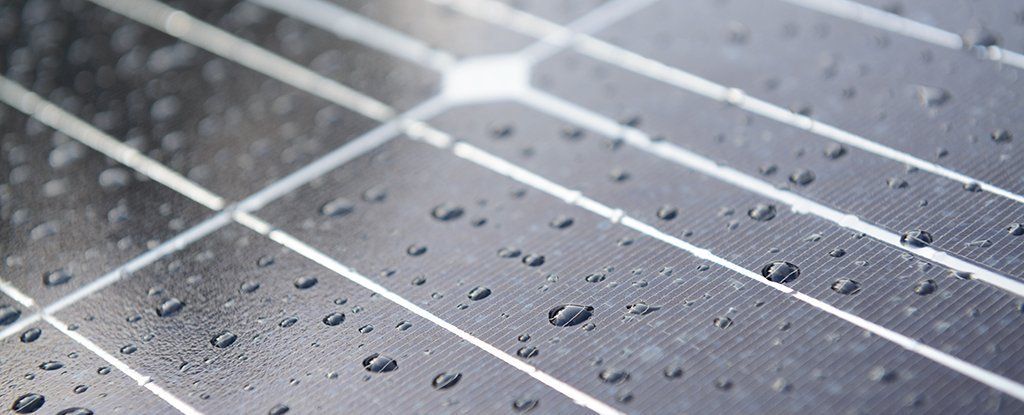
As advanced and efficient as our solar panels are becoming, they’re still pretty much useless when rain clouds arrive overhead. That could soon change thanks to a hybrid cell that can harvest energy from both sunlight and raindrops.
The key part of the system is a triboelectric nanogenerator or TENG, a device which creates electric charge from the friction of two materials rubbing together, as with static electricity – it’s all about the shifting of electrons.
TENGs can draw power from car tyres hitting the road, clothing materials rubbing up against each other, or in this case the rolling motion of raindrops across a solar panel. The end result revealed by scientists from Soochow University in China is a cell that works come rain or shine.